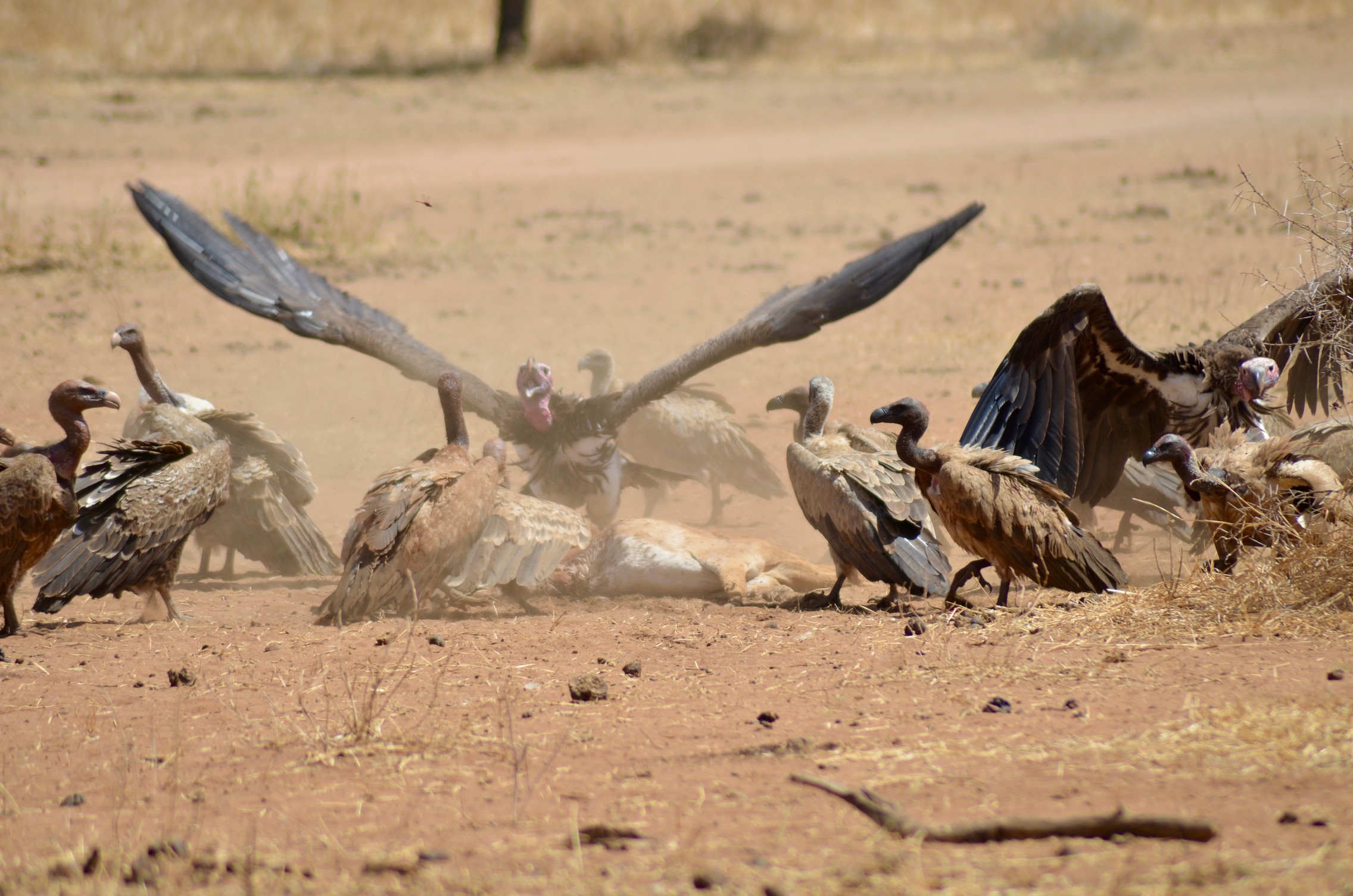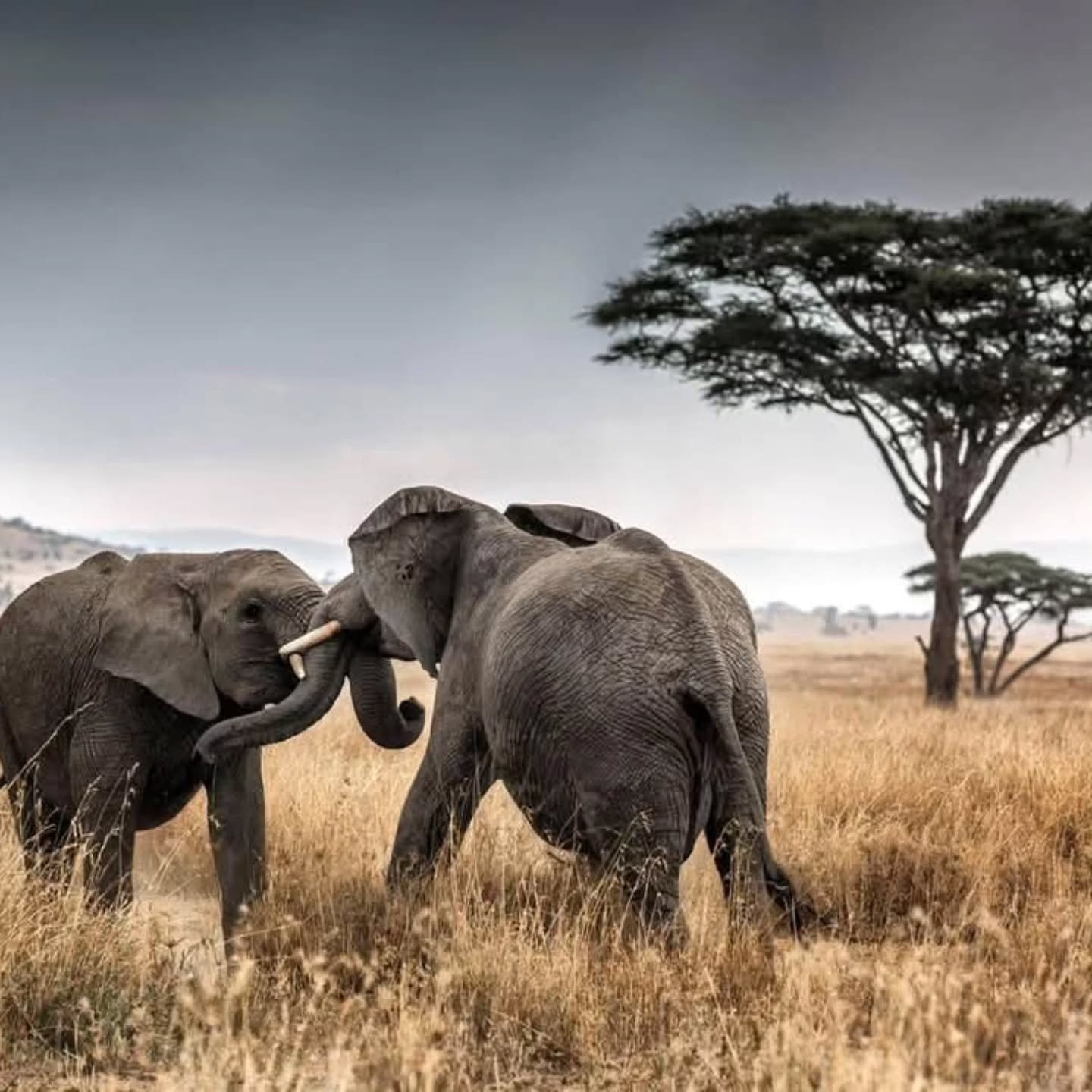What Can You Expect from a Tarangire Safari Experience?
Is Tarangire the Hidden Gem of Tanzanian Safaris?
Tarangire National Park is a premier wildlife conservation area located in northern Tanzania, renowned for its vast elephant population, ancient baobab trees, and seasonal swamps that attract a rich variety of wildlife. Covering approximately 2,850 square kilometers, the park is part of the larger Tarangire Ecosystem and is especially vibrant during the dry season (June to October), when animals congregate around the Tarangire River, the park’s primary water source. It is a vital sanctuary for migratory species and offers one of the most authentic safari experiences in East Africa. Tarangire National Park is located in northern Tanzania, approximately 120 kilometers (75 miles) southwest of Arusha, a major safari gateway city. The park lies within the Manyara Region and forms part of the northern safari circuit, often combined with visits to Lake Manyara, Ngorongoro Crater, and Serengeti National Park.

What Makes Tarangire National Park Special?
- The Largest Elephant Herds in Northern Tanzania: Tarangire’s Majestic Giants
Tarangire National Park is often hailed as one of the best places in Africa to witness the majesty of elephants. During the dry season (from June to October), the park becomes a sanctuary for hundreds of elephants that migrate from surrounding areas to the Tarangire River—the only water source for miles. It’s here that the park truly earns its reputation as home to some of the largest elephant herds in northern Tanzania.

For photographers, wildlife enthusiasts, and nature lovers, Tarangire offers unmatched opportunities to observe elephant behavior up close. Whether it’s the thundering sound of their footsteps or the mesmerizing dust clouds they stir up as they wallow in the earth, the elephants of Tarangire create moments that will stay with you long after your safari ends.
- Ancient Baobab Trees
One of the most iconic and magical features of Tarangire National Park is its ancient baobab trees, which dot the landscape like sentinels of time. Known for their massive trunks and gnarled, twisted branches, these trees have earned their nickname, “the upside-down trees,” because their roots appear to be reaching for the sky. These natural wonders have been standing in Tarangire for hundreds—if not thousands—of years, making them some of the oldest living beings in the African wilderness.

The baobabs are not just visually striking; they are deeply intertwined with the park’s ecosystem. Their spongy, water-storing trunks provide sustenance to wildlife during the dry season, offering much-needed hydration to elephants, giraffes, and other creatures that graze in the park. The trees also provide shade and shelter for birds, and their hollow trunks can sometimes be home to small mammals or reptiles.
- Seasonal Wildlife Migration
One of the most fascinating aspects of Tarangire National Park is its seasonal wildlife migration, a natural phenomenon that brings the park to life in unexpected ways throughout the year. The ebb and flow of the seasons dictate much of the animal activity, creating a dynamic safari experience that feels new with every visit.
During the dry season (from June to October), the park becomes a bustling hub for large herds of elephants, who gather in great numbers around the Tarangire River. This river, often the only water source in the region, acts as a magnet for elephants and other wildlife, including zebras, wildebeests, buffaloes, and giraffes, all coming together to drink, bathe, and graze. The landscape during this time is dotted with these massive herds, providing some of the best wildlife viewing in Tanzania.

As the rainy season (November to May) rolls in, the park’s lush vegetation provides an entirely different experience. With the influx of water, animals tend to spread out across the park, and the riverbeds swell, creating a vibrant, verdant landscape. This season is particularly exciting for birdwatchers, as migratory species flood into the park, adding splashes of color and sound to the wilderness. The green season also marks the birth of many species, and visitors can witness young animals taking their first steps in the wild, surrounded by the rich beauty of the fresh landscape.
- Rich Cultural Ties
While Tarangire National Park is undoubtedly a sanctuary for wildlife, it is also deeply intertwined with the cultural heritage of the region. The area surrounding the park is home to several indigenous communities whose rich traditions and lifestyles have shaped the land for centuries.
One of the most notable groups in the area is the Maasai people, renowned for their vibrant culture and semi-nomadic lifestyle. The Maasai have long lived in harmony with the natural rhythms of the land, practicing traditional pastoralism and coexisting alongside wildlife. Their cattle herds often graze alongside wildlife in the vast plains, a testament to the sustainable relationship between people and nature.

Visitors to Tarangire can learn about the Maasai way of life through cultural tours, where they have the opportunity to visit Maasai villages, experience their music and dance, and witness the ancient traditions that have been passed down for generations. These interactions offer a profound connection to the land, as visitors gain insight into how the Maasai people have protected and lived with the wildlife of Tarangire for centuries.
When is the Best Time to Visit Tarangire National Park?
- Dry Season (June to October):
The dry season is often considered the best time to visit Tarangire National Park for wildlife viewing. During these months, the weather is warm and dry, and the landscape begins to dry out, leaving only a few water sources behind, most notably the Tarangire River. As a result, wildlife congregates around these limited water sources, making it easier to spot herds of elephants, zebras, giraffes, and buffaloes, as well as predators like lions and leopards who follow the herds.
This is also the best time to see the famous elephant herds of Tarangire, as the park becomes home to some of the largest concentrations of elephants in northern Tanzania. You’ll witness massive herds of elephants interacting, drinking, and dust-bathing along the riverbanks, a truly unforgettable sight.
The dry season also brings fewer rains, meaning roads are more accessible, and the skies are usually clear for spectacular game drives and photography.
-
Green Season (November to May)
If you’re looking for lush landscapes and fewer tourists, the green season (from November to May) is an excellent time to visit. During this period, Tarangire experiences short rains (November to December) followed by long rains (March to May). While this can bring some rain, it also transforms the park into a green oasis, with grasses growing tall and rivers flowing through the park, creating a different kind of safari experience.
For birdwatchers, this is the ideal time to visit. The rains bring a huge influx of migratory birds, and Tarangire becomes a paradise for birdlife enthusiasts. Over 500 species of birds have been recorded here, including stunning yellow-collared lovebirds, bustards, and marabou storks. The wet season is also the time when many animals give birth, so it’s a wonderful time to witness baby wildlife taking their first steps or calves clinging close to their mothers.
While the park can be wetter and some roads may be more challenging to navigate, the green season offers a more tranquil experience with fewer crowds and the opportunity to see the park at its most vibrant.
Are Night Game Drives Allowed in Tarangire National Park?
Night game drives are not allowed within the boundaries of Tarangire National Park itself. The park operates under strict regulations to ensure the safety of both visitors and wildlife, and as a result, all game drives must take place during daylight hours.
However, night safaris can often be arranged in nearby conservation areas or private game reserves adjacent to the park, where visitors can enjoy the thrill of spotting nocturnal animals such as leopards, hyenas, and bush babies under the cover of darkness. These safaris provide a different perspective on the park’s wildlife and are typically led by expert guides equipped with spotlights to help locate creatures that come to life after dusk.

If you’re interested in a night safari experience, Wildcandle Safaris can help you plan an itinerary that includes both daytime game drives in Tarangire and evening adventures in nearby areas where night drives are permitted.
Weather And Climate in Tarangire National Park.
Dry Season (June to October)
-
Sunny, dry, and generally clear skies.
- This is the best time for wildlife viewing, as animals gather around the Tarangire River and vegetation is sparse, making it easier to spot wildlife.
Wet Season (November to May)
- Warm with intermittent rains. The landscape becomes lush and green.
- The park transforms into a green paradise, ideal for birdwatching and seeing newborn animals. Roads may be muddy, and some areas less accessible.
Ready to Experience the Magic of Tarangire?
From the iconic baobab trees and massive elephant herds to seasonal migrations and vibrant cultural connections, Tarangire National Park offers one of the most intimate and authentic safari experiences in Tanzania. Whether you’re a first-time traveler or a seasoned explorer, the park’s diverse landscapes and untamed wildlife promise something extraordinary in every moment.
Let Wildcandle Safaris be your guide to unlocking the secrets of Tarangire. With expertly curated tour packages, passionate local guides, and a deep love for nature, your journey will be more than a safari, it will be a story worth telling for years to come.
Book your Tarangire adventure with Wildcandle Safaris today, and step into the wild heart of Tanzania.

